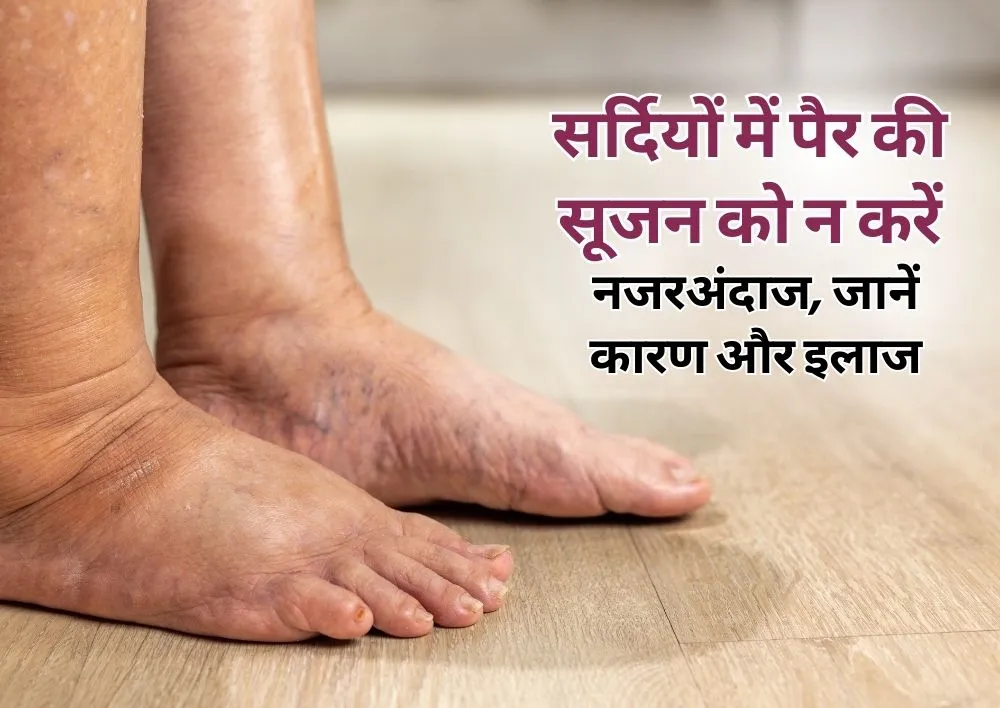What Can Cause Middle Back Pain?
Summary
Ever felt a stubborn ache right in the middle of your back that just won’t go away? That kind of discomfort is more common than most people realize. Middle back pain can affect anyone, from professionals spending hours at a desk to those lifting heavy objects or maintaining poor posture for long periods.
This pain usually starts between the shoulder blades and can spread across the back, making regular activities uncomfortable. Health experts explain that middle back pain may result from muscle strain, spinal issues, or lifestyle habits, but in some cases, it can also indicate an underlying medical condition that needs attention.
With the right awareness and care, most people can find relief and prevent the pain from coming back. In this article, we will explore the middle back pain reasons, how to identify them, and when it’s time to seek medical help, all supported by expert insights and practical health experience.
Let’s take a closer look at what might be triggering that persistent ache.
1. Poor Posture
One of the most common causes of middle back pain is maintaining an incorrect or slouched posture for long periods. Sitting for long hours with rounded shoulders or a forward head tilt puts excessive pressure on the spine’s muscles and ligaments. Over time, this continuous strain can cause stiffness, muscle fatigue, and even spinal misalignment.
Dr. Sumit Anand, Senior Orthopedist at Miracles Apollo Cradle/Spectra Hospital, Gurgaon, advises, “Maintain an upright posture with relaxed shoulders and proper back support. Using ergonomic chairs, alternating between sitting and standing, and taking short stretching breaks throughout the day can significantly reduce spinal stress and improve your overall comfort.”
2. Muscle Strain or Overuse
A sudden movement, incorrect lifting technique, or overexertion during exercise can cause muscle strain in the middle back. Even repetitive movements, such as bending or twisting, can overwork the muscles and lead to pain.
Typical symptoms include soreness, tightness, and pain that worsens with movement.
What helps:
-
Resting the affected area for a short period
-
Applying a warm compress to relax the muscles
-
Gentle stretching or physiotherapy exercises
-
Avoiding heavy lifting until the pain subsides
3. Herniated or Bulging Disc
Although disc problems are more common in the lower back, they can also occur in the thoracic spine (the middle portion of the back). A herniated or bulging disc happens when the soft cushion between the spinal bones slips out of place, pressing on nearby nerves.
This can cause sharp pain that radiates around the ribs, numbness, or tingling sensations. If your pain is severe, radiates to the chest, or is accompanied by numbness or weakness, it is important to consult an orthopedic specialist for proper diagnosis and imaging tests.
4. Improper Ergonomics at Work
Your work setup can have a direct impact on your spine health. Sitting in a non-supportive chair or at a desk that’s too low or too high forces your body into awkward positions, leading to chronic pain in the mid back.
Workplace wellness tips:
-
Keep your screen at eye level
-
Use a chair that supports your lower back
-
Take short breaks every 30–35 minutes to stand, stretch, or walk
-
Avoid sitting in one position for too long
These small adjustments can go a long way in preventing long-term back discomfort.
5. Arthritis
Conditions like osteoarthritis can affect the spine’s small joints, leading to stiffness, inflammation, and pain in the middle back. Over time, arthritis can cause cartilage breakdown, making movements painful and reducing flexibility.
Management strategies include:
-
Anti-inflammatory medications
-
Heat and cold therapy
-
Low-impact exercises such as swimming or yoga
-
Physiotherapy for joint mobility and strength
Early diagnosis and treatment can help manage symptoms effectively and slow disease progression.
6. Spinal Abnormalities (Scoliosis or Kyphosis)
Structural issues like scoliosis (sideways curvature of the spine) or kyphosis (forward rounding of the upper back) can put uneven pressure on the mid-back muscles, resulting in pain or stiffness.
Mild cases may only require posture correction and physiotherapy, while more severe deformities might need bracing or surgical intervention.
Tip: Regular check-ups with an orthopedic specialist can help detect spinal changes early and prevent complications.
7. Injury or Trauma
A fall, sports injury, or road accident can cause sudden middle back pain due to muscle tears, ligament sprains, or even vertebral fractures. Such injuries should never be ignored, even if the pain seems mild at first.
Rest, applying ice packs to reduce swelling, and seeking medical evaluation to rule out serious spinal damage.
8. Stress and Muscle Tension
Emotional stress often shows up as physical tension, especially in the neck, shoulders, and mid-back. When stress hormones rise, muscles tighten, leading to discomfort or soreness.
Relaxation techniques that help:
-
Deep breathing and meditation
-
Gentle yoga stretches
-
Massage therapy
-
Regular physical activity helps release tension
Managing stress not only reduces back pain but also improves overall well-being.
9. Underlying Health Conditions
Sometimes, middle back pain can be linked to issues beyond the spine, such as:
-
Kidney infections or stones: Causing pain on one side of the back
-
Gallbladder problems: Pain after eating fatty foods
-
Pancreatitis: Pain radiating to the back with nausea
-
Lung infections: Discomfort when breathing deeply
If you experience symptoms like fever, shortness of breath, or unexplained weight loss along with back pain, seek medical care immediately for proper evaluation.
10. Sedentary Lifestyle
Lack of movement weakens the core and back muscles, making them more prone to strain. Sitting for long hours or leading an inactive lifestyle is one of the most overlooked causes of middle back pain.
How to counter it:
Include light exercises such as walking, stretching, or swimming in your routine. Building core strength helps stabilize the spine and reduce pain recurrence.
When to See a Doctor?
While mild back pain often improves with rest and self-care, medical attention is essential if:
-
The pain lasts for more than two weeks
-
It radiates to your chest or limbs
-
You experience numbness, tingling, or weakness
-
The pain follows an injury or fall
An orthopedic specialist can recommend imaging tests like X-rays or MRI scans to identify the root cause and create a tailored treatment plan.
Middle Back Pain Treatment Options
Depending on the diagnosis, treatment for middle back pain may include:
-
Medications: Pain relievers or anti-inflammatory drugs
-
Physiotherapy: To strengthen muscles and improve posture
-
Hot/cold therapy: To ease pain and reduce inflammation
-
Lifestyle modifications: Ergonomic corrections and activity adjustments
-
Minimally invasive procedures: In severe or persistent cases
Working closely with a qualified orthopedic doctor or physiotherapist ensures safe and effective recovery.
Conclusion:
Middle back pain may develop from something as simple as poor posture or as complex as a spinal condition. Recognizing the cause early and taking timely action can prevent chronic discomfort and improve your quality of life.
Simple lifestyle habits can make a remarkable difference in your spinal health. And if the pain continues, consulting an experienced orthopedist near you is the best step toward long-term relief and recovery.
Frequently Asked Questions
Middle back pain can be a symptom of muscle strain, poor posture, herniated discs, arthritis, or sometimes underlying organ conditions like kidney or gallbladder issues.
Organs such as the kidneys, pancreas, gallbladder, and lungs can sometimes cause pain that radiates to the middle back.
Treatment involves improving posture, doing gentle stretches, using hot or cold therapy, physiotherapy, and in some cases, medications or specialist care.
Doctors diagnose it through a physical examination, medical history review, and imaging tests such as X-rays, MRI, or CT scans to identify the exact cause.
Miracles Apollo Cradle/Spectra, Gurgaon, has a team of highly experienced orthopedic specialists who offer advanced diagnosis and personalized treatment for middle back pain.














Was the information useful?
0 0